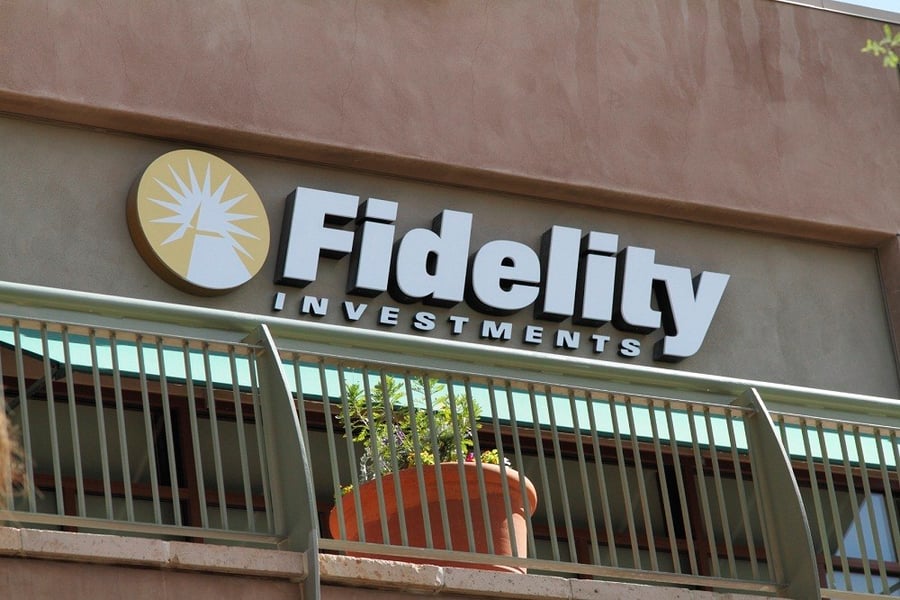This, I think, was inevitable:
Fidelity Investments — the money management behemoth that turned fund managers into rock stars — is entering the smart beta exchange traded fund business with a large-cap, value ETF.
Okay, so it's not exactly a trailblazing debut. Fidelity spokesman Charlie Keller acknowledged as much, saying that the move merely brings Fidelity “in line with the industry.”
But Fidelity needn't settle for another me-too lineup of smart beta ETFs. It has the resources and the reach (and the active management cred) to realize the promise that smart beta holds but has yet to deliver to most investors: low cost active management across asset classes and styles. Fidelity should seize the opportunity, for itself and the industry it represents.
“Smart beta” is shorthand for funds that, for example, might target companies that are cheaper or smaller or more stable than the overall market. Lots of studies show that these investment styles have a good chance of beating the market over long periods, but not always in the short or medium term. Just ask frustrated U.S. value investors who have trailed the U.S. stock market over the last ten years. (TEN YEARS! Patience, as they say, is a virtue.)
There's nothing new about smart beta in substance. Active managers have been using smart beta styles for decades. In fact, a good chunk of the smart beta playbook is right out of the 1934 investment bible, "Security Analysis," by then Columbia Business School professors Ben Graham and David Dodd.
What's new is that we now have the data to show that Mr. Graham and Mr. Dodd were right about their market-beating ideas. We also know that the star managers who turned Mr. Graham's and Mr. Dodd's ideas into stock picking gold — such as Fidelity's own Peter Lynch and, of course, Warren Buffett — weren't just lucky. The other crucial development is that technology has transformed the once time-consuming craft of stock picking into quick work for robots. Smart beta emerged from that brew.
The fact that reliable styles of active management can now be executed cheaply and efficiently should be a boon to investors, but the gains have mostly accrued to fund companies. According to Morningstar data, there are nearly 600 smart beta ETFs trading on U.S. exchanges, and nearly half of them are U.S. large-cap ETFs (including mid-cap and sector ETFs).
It's no accident that so many smart beta ETFs are concentrated in one asset class. U.S. large-caps are the largest and most liquid stocks in the world, which makes them cheap and easy to manage. That is why Vanguard and
BlackRock can offer their S&P 500 ETFs for the low, low price of 0.05% and 0.07%, respectively.
But the average gross expense ratio for smart beta U.S. large-cap ETFs is a whopping 0.75%. (The average net expense ratio is 0.46%, but the gross expense ratio better represents the long term cost to investors once fee waivers expire.)
Even if we grant that smart beta is more costly and labor intensive to execute than an S&P 500 ETF — and I don't think that it is — it strains credulity to say that smart beta is more than ten times the trouble. The more likely explanation is that fund companies are keeping the cost savings of smart beta for themselves. Ka-ching.
This hoses investors in myriad ways. The concentration of smart beta strategies in one asset class leaves in its wake a random smattering of other smart beta ETFs. Investors looking to build a genuinely diversified smart beta portfolio would be hard pressed to find a sufficient diversity of asset classes in the current lineup of smart beta ETFs, particularly in such plays as fixed income and overseas small-cap stocks.
Fidelity can improve the smart beta landscape in three important ways. First, it can expand the range of smart beta asset classes to include stocks, bonds and real assets across regions and market caps. Second, it can offer the full spectrum of active management styles for each asset class, including value, size, quality and momentum. Third, and probably most important, it can pass the efficiency of smart beta on to investors in the form of low fees that are commensurate with market-cap-based ETFs.
The state of smart beta leaves a lot to be desired. Fidelity should aim higher than just falling in line.
Nir Kaissar is a Bloomberg Gadfly columnist covering the markets. He is the founder of Unison Advisors, an asset management firm. He has worked as a lawyer at Sullivan & Cromwell and a consultant at Ernst & Young.
.







